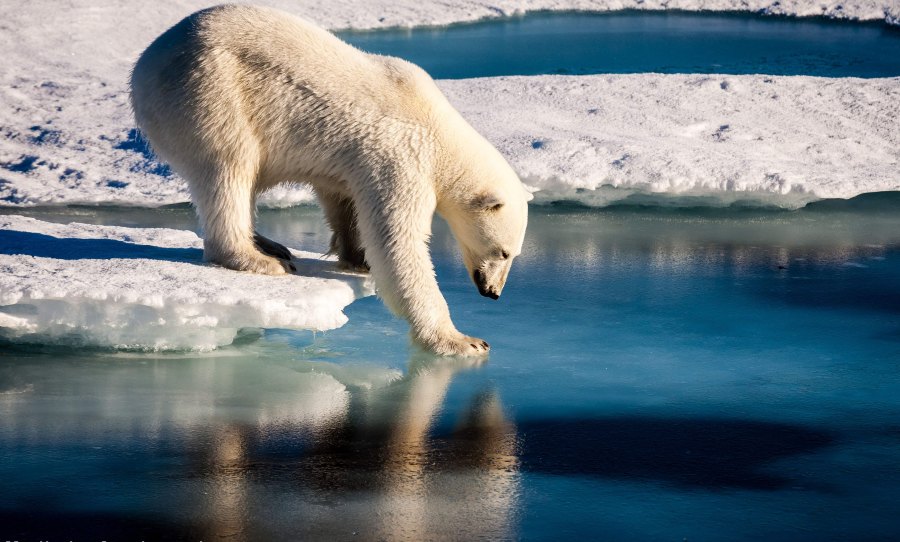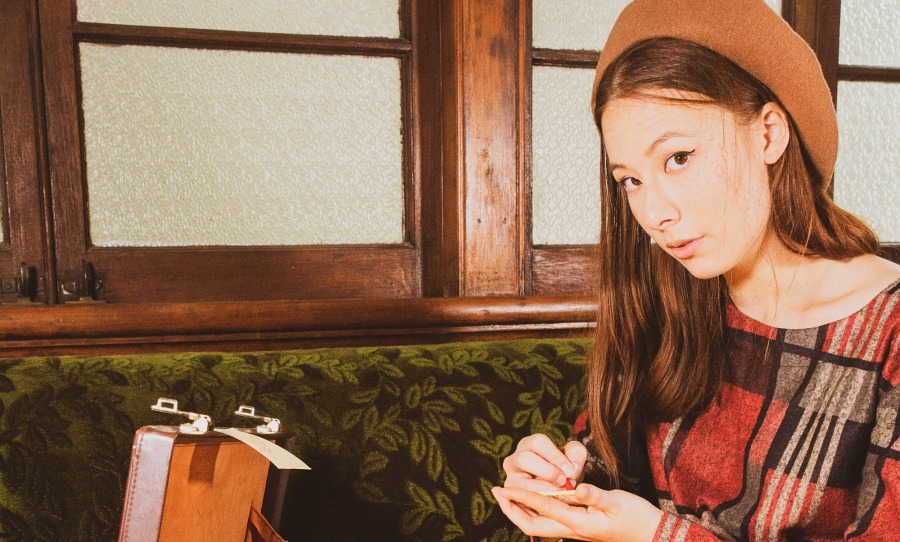For the first time in recorded history, the water over Serbia’s Laptev Sea hasn’t frozen during October.
The primary source of Serbia’s Arctic sea ice, the Laptev Sea, still hasn’t frozen over like it normally would for this time of year. This marks the first time in recorded history that the ice has not formed during October.
Over winter, ice created in the Laptev Sea usually flows over to the Arctic Ocean. The late onset of this ice has climate scientists worried about a knock-on effect across the Arctic region.

A Serbian heatwave, unusually high temperatures in Northern Russia, and the early decline of last year’s sea ice have all contributed to the region’s sea temperature rising a whopping 5-degrees Celsius above average. This rise in temperature has, in turn, resulted in the lack of Arctic sea ice that scientists are noticing today.
This lack of ice will only further increase ocean temperatures, as the white sheets of ice would usually help reflect the sun’s rays back into space and away from the ocean surface.
All these factors can be traced back to human-caused climate change. Zachary Labe, a researcher at Colorado State University told The Guardian, “2020 is another year that is consistent with a rapidly changing Arctic.”
#Arctic sea ice extent is currently the lowest on record for the date. The amount of open water this fall is absurd.
Compared to previous decades:
—> about 1,680,000 km² less the 2010s average
—> about 4,050,000 km² less the 1980s average pic.twitter.com/42X4ou3wO0— Zack Labe (@ZLabe) October 22, 2020
Labe continued, “without a systematic reduction in greenhouse gases, the likelihood of our first ‘ice-free’ summer will continue to increase by the mid-21st century“: an event that the Arctic has not experienced in over 100,000 years.
More “unprecedented” sea ice data from the #Arctic. Get used to it folks, the next few decades will be more of the same and even more extreme.
The majority of those reading this will see an ice-free summer #Arctic in their lifetime. That’s not happened in over 120,000 years. https://t.co/BL1SvzUVOb
— Randall Gates (@rgatess) October 21, 2020



